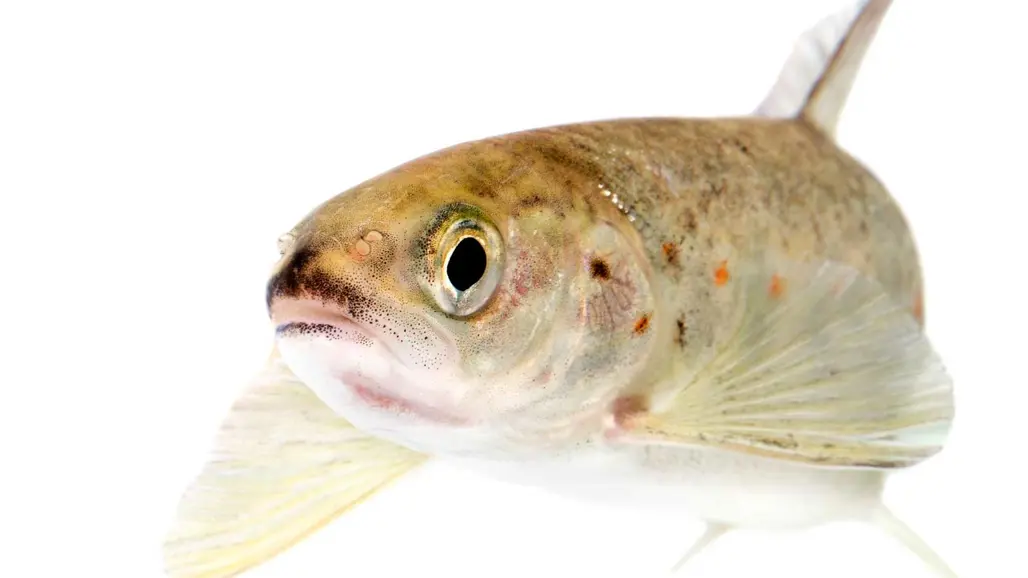
How medicine residues in water affect young salmon
Imagine you are a young salmon making a long and dangerous journey from the river to the sea.
New research from SLU shows that medicine residues in the water can change how salmon behave on this important trip. Salmon exposed to drugs like clobazam, which is used to reduce anxiety, take bigger risks and often swim alone instead of in safe groups.
Drugs gave more antisocial and risk-prone salmons
This makes them pass obstacles like hydroelectric dams faster, but taking more risks can also be dangerous for their survival and future. Medicine residues come from everything from antidepressants to painkillers and enter our lakes and seas when people use medicine and when it is produced.
Return unused drugs to the pharmacy
Scientists warn that this threatens salmon populations and entire ecosystems. But there is hope – better wastewater treatment and stricter laws can help reduce the problem.
You can also help by never throwing medicines down the toilet or into nature but instead returning them to pharmacies for safe disposal. Together, we can protect our salmon and the waters they live in.
Links
The scientific paper in SLU's publication database
Related
Want to learn more about life in the Baltic Sea? Visit Baltic Sea Science Center at Skansen.
Contact
-
PersonJack Brand, ResearcherDepartment of Wildlife, Fish and Environmental Studies
-
PersonMichael Bertram, Researcher, Associate Senior LecturerDepartment of Wildlife, Fish and Environmental Studies
-
PersonTomas Brodin, professorDepartment of Wildlife, Fish and Environmental Studies